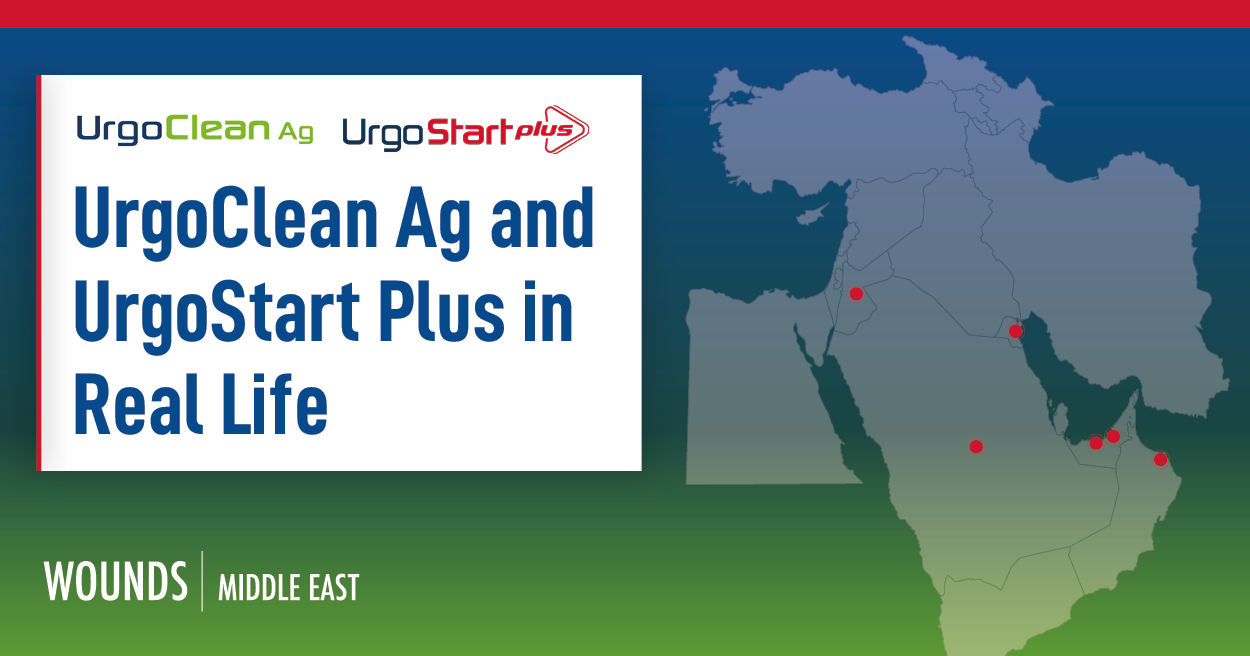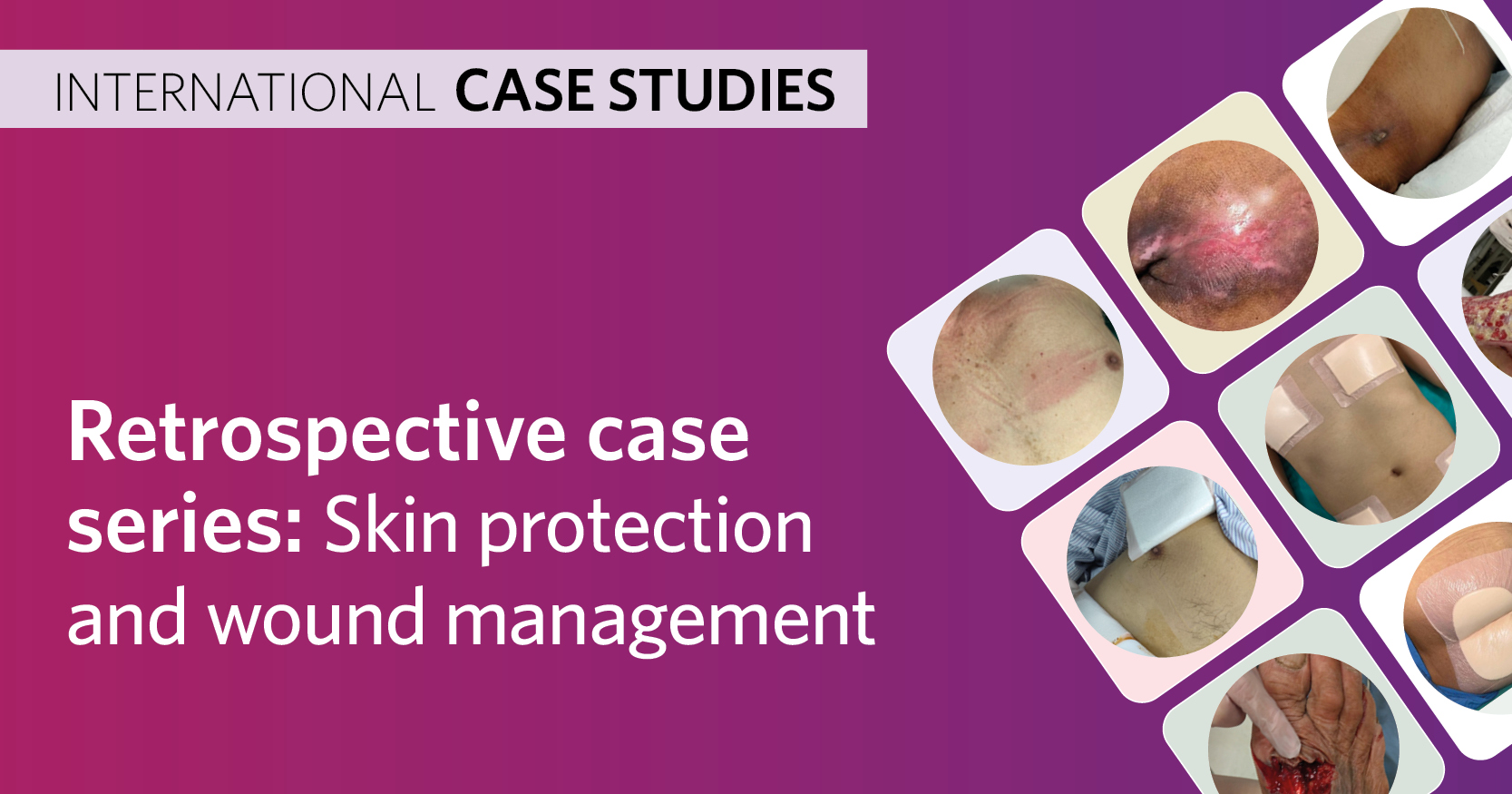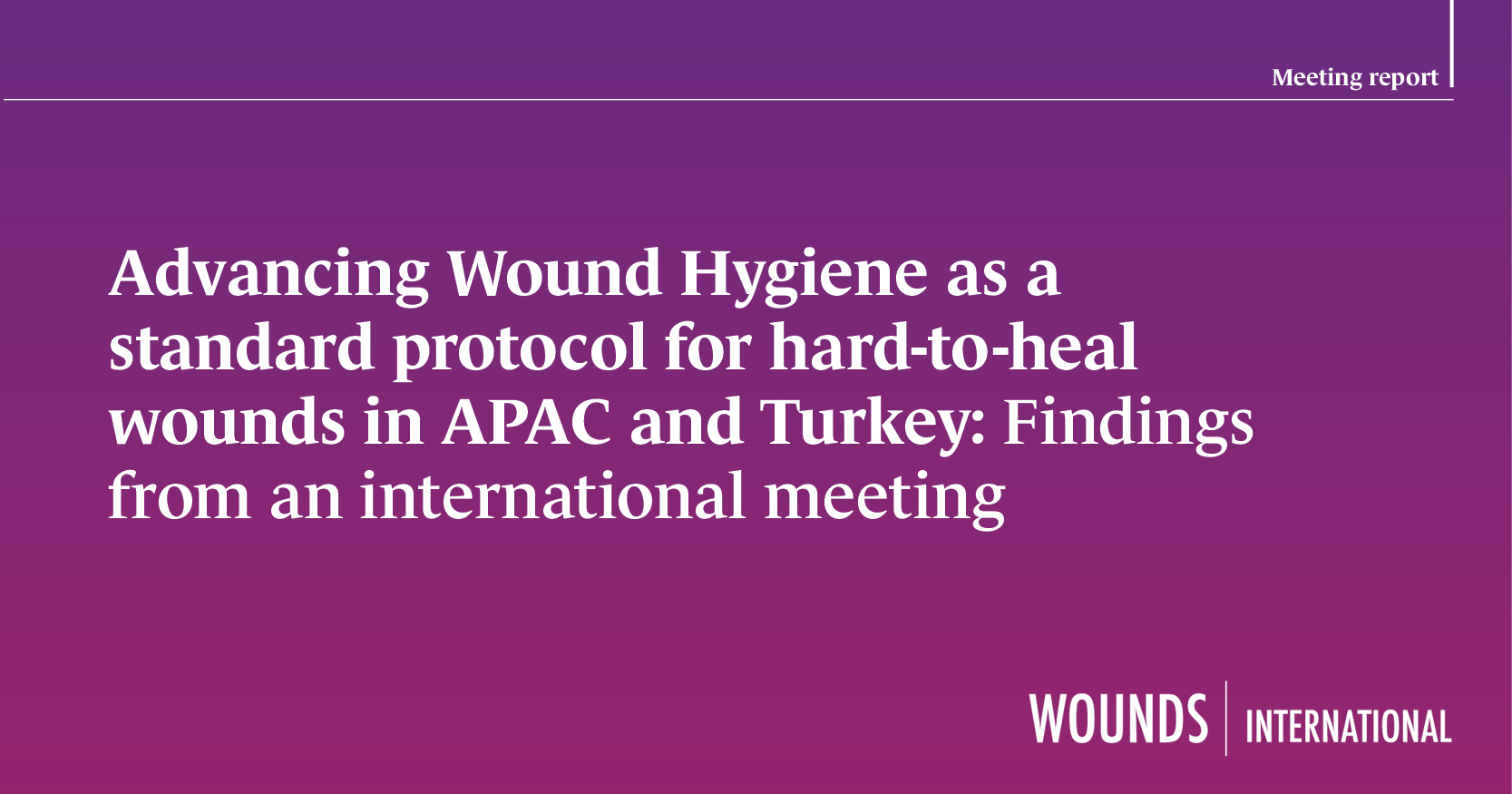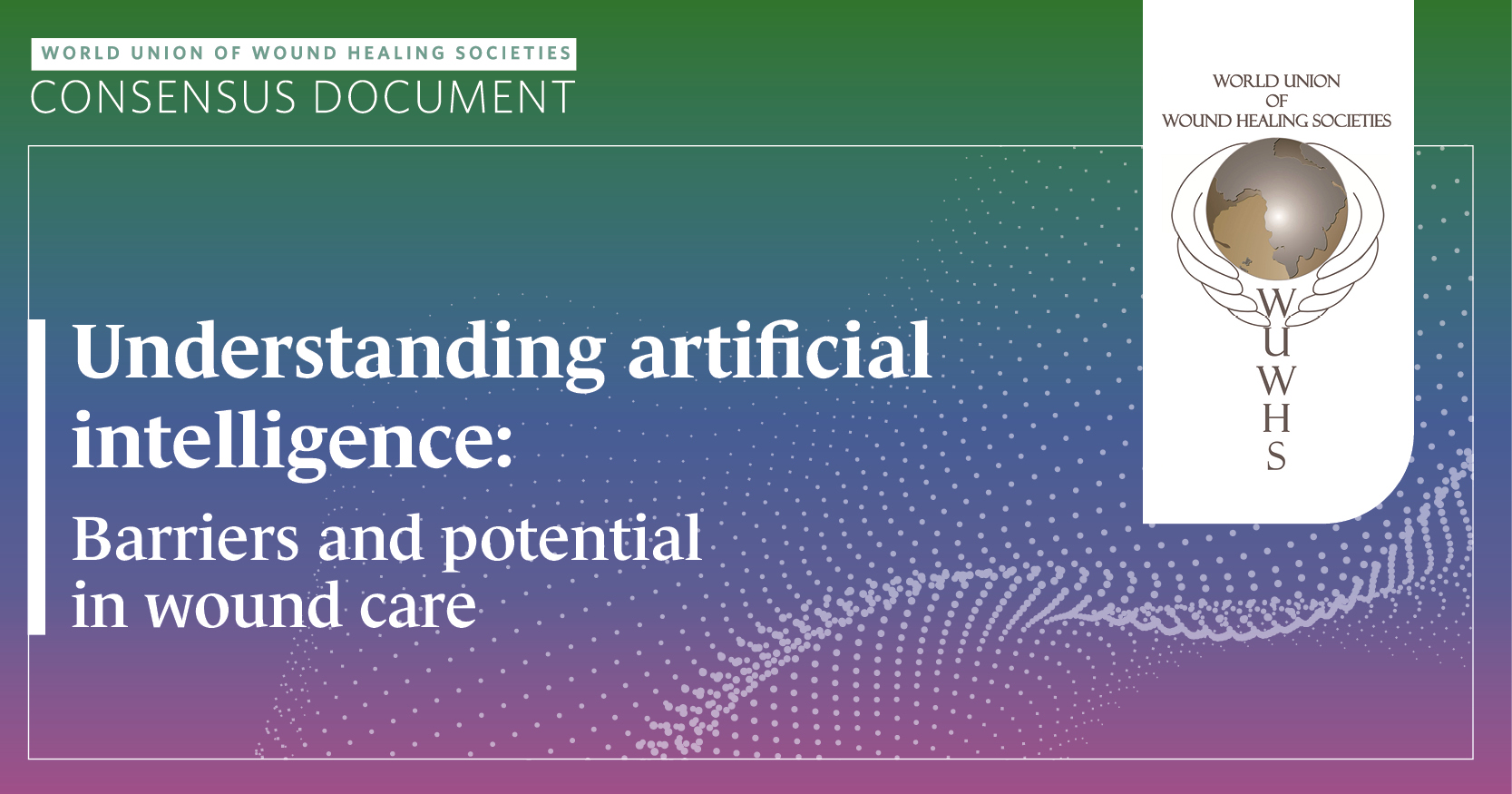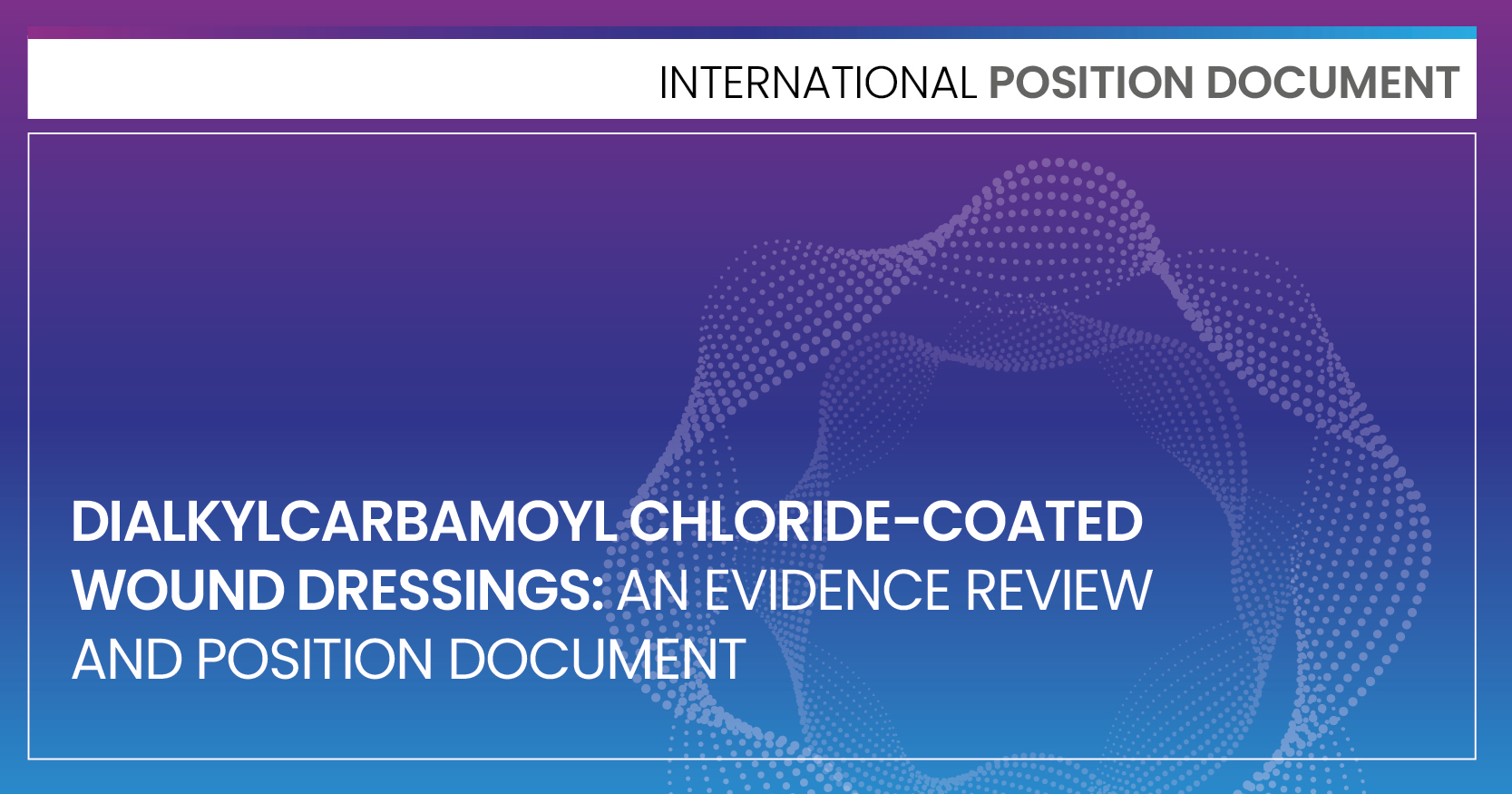The presence of wounds, more notably chronic wounds, represents a considerable burden in terms of economic cost to health and social care providers, and negatively impacts patient quality of life (Welsh, 2018).
The growth in the incidence and prevalence of chronic wounds has been referred to as the modern age silent epidemic (Järbrink et al, 2017), with the global burden estimated at 1.51 to 2.21 per 1000 people living with chronic wounds at any time (Zhu et al, 2022). Although statistics regarding the impact of chronic wounds may currently be lacking in the Middle East, most data published by international bodies, including the International Diabetes Federation (IDF, 2021), state that the Gulf countries are among the top countries globally in the prevalence of obesity and diabetes. These conditions can increase the risk of diabetic foot disease, venous ulcers and pressure injuries (Itani, 2015).
It has been suggested that, in the Arab world, the prevalence of diabetes has doubled in the last decade alone and, in some countries, has tripled. Some countries in the region are ranked as having the highest prevalence of diabetes worldwide, reaching to approximately 20% in certain populations (Al-Wahbi, 2006). According to the IDF, in the Middle East and North Africa, 73 million adults (20–79 years) are living with diabetes, the highest proportion of all IDF regions, with 27 million adults undiagnosed. Prevalence of diabetes in the Gulf countries is highest in Kuwait (25.5%), followed by Oman (11.8%), Qatar (16.4%), Saudi Arabia (17.7%), the UAE (12.3%) and Jordan (14.8%; IDF, 2021).
A wide range of wound care products and devices are available for managing complex wounds, providing practitioners with the means to heal these wounds and to deal with more challenging and difficult cases (World Union of Wound Healing Societies [WUWHS], 2020). However, it has been argued that there is a lack of robust evidence to guide practice and services, thus creating uncertainty for those who deliver and manage wound care (Gray et al, 2017).
Evidence-based practice (EBP) and decision-making is linked to improved quality of care, patient safety, and positive clinical outcomes (Connor et al, 2023). EBP is the recognised and required standard for healthcare providers, supported by international and professional healthcare organisations and regulatory agencies (Connor et al, 2023). The initiation and publication of evidence is the first step towards changing practice. Once generated, the next important step is knowledge transference and utilisation to translate study results into everyday clinical practice and health decision-making (WUWHS, 2020). EBP mandates that new information derived from high-level and robust evidence is consolidated into clinical practice guidelines to improve the quality of care that patients receive. When considering change in practice, clinicians must evaluate three important outcomes:
- The clinical efficacy of the product or device in wound management and healing outcomes
- How it will help in improving the patients’ health related quality of life
- How will it impact health economics by lowering both direct and indirect costs (Apelqvist et al, 2013).
Finding dressings that provide the clinician with all the beneficial factors to target wound care challenges can be quite difficult. Traditional techniques, which experience suggests are likely to be helpful, may not provide the best option (Chapman, 2017). Evidence-based decisions matter and are able to guide health care decisions (i.e. what is most likely to be effective and which dressings to apply, including how and when to use them and for what wound type). Moreover, it is essential to understand the best available evidence regarding particular dressings to advocate for their use (Chapman, 2017). Some modern advanced dressings have been shown, through robust evidence, to be beneficial in the removal of necrotic tissue and fibrin, play a role in autolysis and debridement, and avoid re-injury of new granulation tissue and promote cell proliferation, differentiation and epithelial cell migration (Shi et al, 2020).
This document showcases real-world outcomes from cases across the Middle East, implementing the sequential continuum of care with UrgoClean Ag® and UrgoStart Plus® (Urgo Medical, Chenove, France) in practice. The cases complement the high level of evidence for these dressings, demonstrating improvements in healing rates, as well as enhanced patient quality of life and clinicians’ satisfaction.
UrgoClean Ag is an advanced wound care dressing made of cohesive poly-absorbent fibres impregnated with a silver lipido-colloid matrix (Technology Lipido-Colloid-Ag healing matrix [TLCAg]). The different technologies included in this dressing have all been rigorously tested in vitro and in vivo, and in clinical evaluations to provide an evidence-based solution for wound care clinicians (Van Hieu et al, 2021). The poly-absorbent fibres are beneficial absorbing wound exudate and trapping sloughy residue (Meaume et al, 2012a; Sigal et al, 2019), helping to continuously clean the wound by their affinity for wound debris. The silver component provides the desired antimicrobial, while also being an effective antibiofilm solution (Percival, 2020).
The UrgoStart® Treatment Range has been shown to effectively reduce matrix metalloproteinases (MMPs; Nair et al, 2021) and is supported by extensive clinical trials and studies, including two double-blind studies (Edmonds et al, 2018; Meaume et al, 2012b), data analyses (Münter et al, 2017), comparative studies (Schmutz et al, 2008) and real-life studies (Augustin et al, 2021), and in various publications that include over 12,000 patients. This robust evidence has proven that the UrgoStart Treatment Range provides clinicians with an evidence-based option and is beneficial in promoting the healing process, reducing healing times, enhancing patients’ health related quality of life, and in allowing a more cost-effective procedure (Nair et al, 2021).
Due to this high level evidence, the UrgoStart Treatment Range is recommended by international bodies such as The International Working Group on the Diabetic Foot (Schaper et al, 2023), The National Institute for Health and Care Excellence (NICE, 2023), Diabetes Feet Australia (Kaminski et al, 2022), and the Ministry of Health (Ministry of Health Medical Examination and Treatment Administration, 2023), amongst others.
The clinicians involved in the cases presented in this document used the protocol for wound prevention and management of the diabetic foot as shown on page 5. One to one interviews were conducted with each of the clinicians to capture their real life experiences and thoughts about using the protocol and UrgoStart Treament Range. Although these cases represent a small cohort, the results and clinician feedback provide clinicians in the Middle East with confidence that these dressings can be implemented as part of an evidence-based standard of care in the region.

